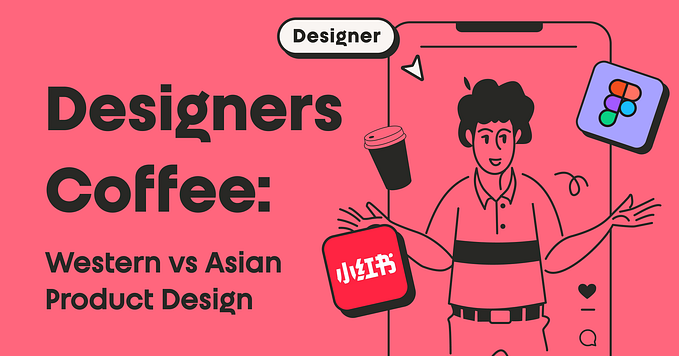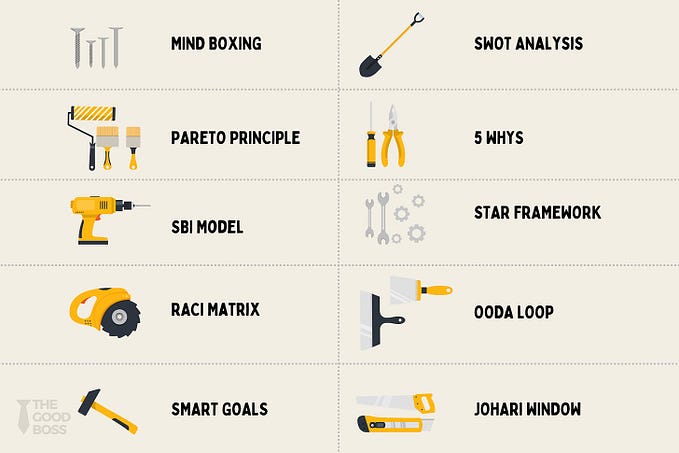Member-only story
Where is the beginning and the end of the Product Owner’s responsibilities?
The role of the Product Owner requires numerous activities during the cycle of a product or a service. The Product Owners are involved in many different moments during the implementation of a feature or a change in behavior. The big question is, where do PO responsibilities begin and end?

Beginning
The beginning is not a big secret; the PO is responsible for understanding the need, organizing and structuring it, for example, for a new product, it is necessary to understand:
- Which problem do we want to solve? We must realize the underneath problem, what is causing pains to our customers.
- Who is the target audience? We must create empathy to understand our customers. We need to be precise in a way that we are clear about who our target audience is.
- What is the connection between the product and the problem? This connection must be crystal clear. If the product or service is not solving a real challenge, then it is doomed.
For new features or changes, there are no significant differences. The important thing is always to understand what the problem is, and not just focus on solutions, because a solution that doesn’t solve any problem will not have adherence in the market.
Wearing the shoes of Product Owners, we need to ensure that we know our customers, meaning that we understand what their pain points are and what is essential for them. We must be sure that we are solving real pains and not just building a solution that doesn’t solve anything. My favorite technique for this is Canvas Value Proposition; once it is done correctly, we are sure that we know which direction we should go.
A successful Product Owner is collaborative, meaning that we are not a hero instead of work together with UX, UI, and developers to discuss openly about the problems and identify the alternatives. Every team member will have a different perspective, given the chance of everyone sharing what they see, will allow us to find insights and breakthroughs.










